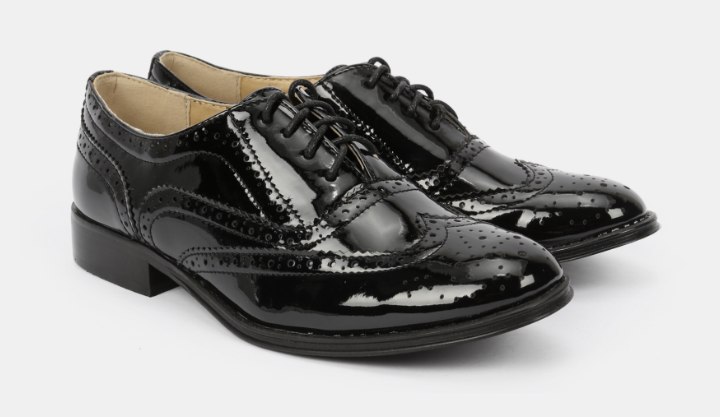How to Choose and Combine Men's Shoes

Men’s Shoes: The Foundation for the Menswear Look
While many people shop for clothing without thinking of the shoes they will wear with them, the right shoes can make or break a look. In fact, too often today, we become overly-casual with our choices of footwear, under the presumption that we are merely ‘dressing down’ a particular look – or in some cases, being quirky. Movies haven’t helped with this trend, since in any given year you’ll find a character sporting a dressy ensemble and pairing it with sneakers or otherwise too-casual footwear.
So, let’s take a look at the different styles of men’s footwear and discuss the type of clothing and setting for which these are appropriate. We’ll break the looks down into four main groupings: Dress, Dress-Casual, Casual, and Sporty:
Dress shoes are usually pretty self-explanatory. The dress shoe is almost universally made of leather, and the finish of the leather generally ranges from shiny, to high-gloss. Dress shoes typically are more conservative in style with lower heels and thinner, finer textured soles. Dress shoes also tend to have much less in the way of embellishments and structural decoration. Though when it comes to decoration and embellishment in Dress shoes, buckles and tassels fall under the “dressy” category, while woven patterns and textures are more casual.
The Dress shoe may be a loafer style or a lace-up style, but is generally only worn in black. Non-black dress shoes fall into the Dress-Casual category. Dress shoes are generally paired with black and navy suits and tuxedoes.
Dress-Casual Shoes
Dress-Casual shoes are typically a subtle shift away from the extreme formality of the average dress shoe. The Dress-Casual esthetic tends to be worn in business settings and dressy events that are not specifically “black tie” affairs. The first notable difference between Dress and Dress-Casual is the inclusion of colors into the shoe palette. Dress-Casual shoes may be black (but usually have matte finishes as opposed to glossy looks) and may also be varying shades of brown, and even burgundy or other subtly tinted shades of brown. The colors are still on the darker end of the color chart. The finishes can be from matte to glossy, with glossier finishes indicating dressier ends of the spectrum.
The Dress-Casual shoe also tends to feature more embellishments and design elements on the shoes, and may have added straps, buckles and fringes, though not to excess. Generally the more embellishments there are, the less dressy the shoe. There is also the inclusion of different “types” of leather in the Dress-Casual category. These include such things as alligator and snakeskin, which give a distinct texture to the leather, no matter what color it has been dyed.
And since there is a variety of color, we should make suggestions on color pairings:
• Black shoes should be paired with black, navy or grey pants/suits.
• Brown shoes should work with tan, brown, beige, olive and earth-tone pants/suits.
• Burgundy and other tints should be paired with neutral shades like khaki and grey as long as there is an addition correspondence of the color (ex: a wine-colored shirt with a grey suit and burgundy shoes)
Casual Shoes
Casual shoes are again an incremental shift that now includes varying textures as well as a lighter palette of colors. You can have black casual shoes, but they tend to be of different textures (such as suede) which make them less dressy by virtue of the different texture. It’s also a matter of styling, which again includes additional embellishments that can include fringes and tassels, and buckles and straps.
Next Page